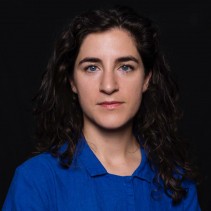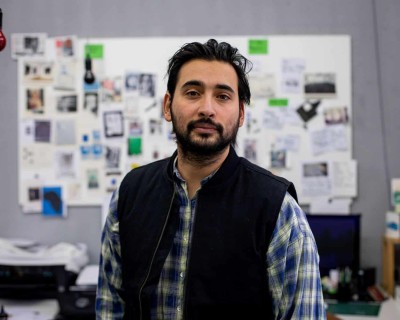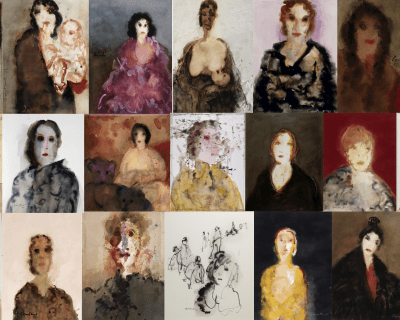Arna Mačkić
Location
Genre
Arna Mačkić is an architect, co-founder of Studio L A and the former head of Architectural Design at the Gerrit Rietveld Academy. Mačkić’s projects often relate to inclusion and exclusion mechanisms, refugees, collective identity and public domain. She aims to use architecture as a connecting voice, healing the wounds of the past without brushing away its scars which is the subject of her book, Mortal Cities & Forgotten Monument (Park Books, 2016). Mačkić is also part of Bosnian Girl, a collective campaigning for an inclusive historiography and commemoration of the Srebrenica genocide in the Netherlands.
Mačkić was a speaker during the evening programme “Demolition of architecture” at De Balie, Amsterdam in 2022, which was part of the Constant 101 project, and an interview between Mačkić and Zippora Elders will be featured in the forthcoming publication Playing Constant: The Only Constant is Change, Change is the Only Constant. Playing Constant is a publication by Jap Sam Books in collaboration with Zippora Elders and Fondation Constant, reflecting on the Constant 101 project, due spring 2025.
Image
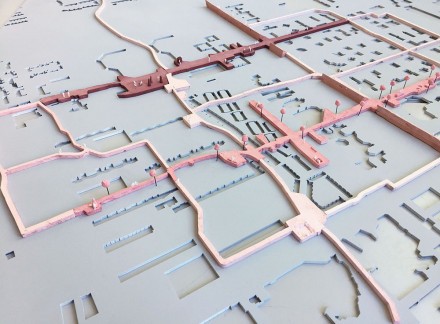
Image

Image

Image
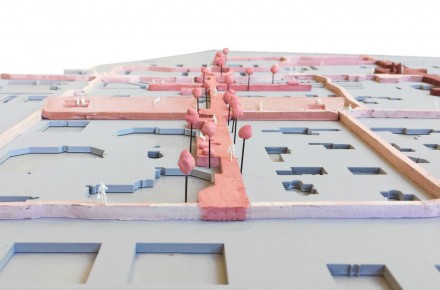
Description
Arna on Constant
Mačkić’s connection with Constant is that, like her, Constant always looked for a way to go beyond the norm of building/urban planning—he saw urban planning as something that was approached practically, but where there was no vision about ‘co-habitating.’ He had an autonomous way of thinking, which was actually about ways of co-habitating, and in which he did not feel compelled to be a tool for interest groups. In this day and age, the architect is increasingly a tool of different interest groups; Mačkić thinks architects need to reflect again on their profession and how it can again be about social and sustainable values.
Art and Habitat
Mačkić references a passage from Constant’s text Kunst en leefruimte (Art and Habitat) from 1955:
“The CIAM has defined habitat as an environment suitable for satisfying the material and emotional needs of man and stimulating his spiritual development. This means that art has to make a direct contribution from the first plans that are made during the construction of the habitat. The function has been arbitrarily regarded for far too long as the satisfaction of material needs only. Apparently the time has come to recognise that the psychic and emotional functions are at least as important as the material functions and that they are inextricably linked. Only in this way can habitat become a perfect unity of all aspects of life, continuing in the organizations of collective life. All plastic resources can develop and will be used to the full.”
